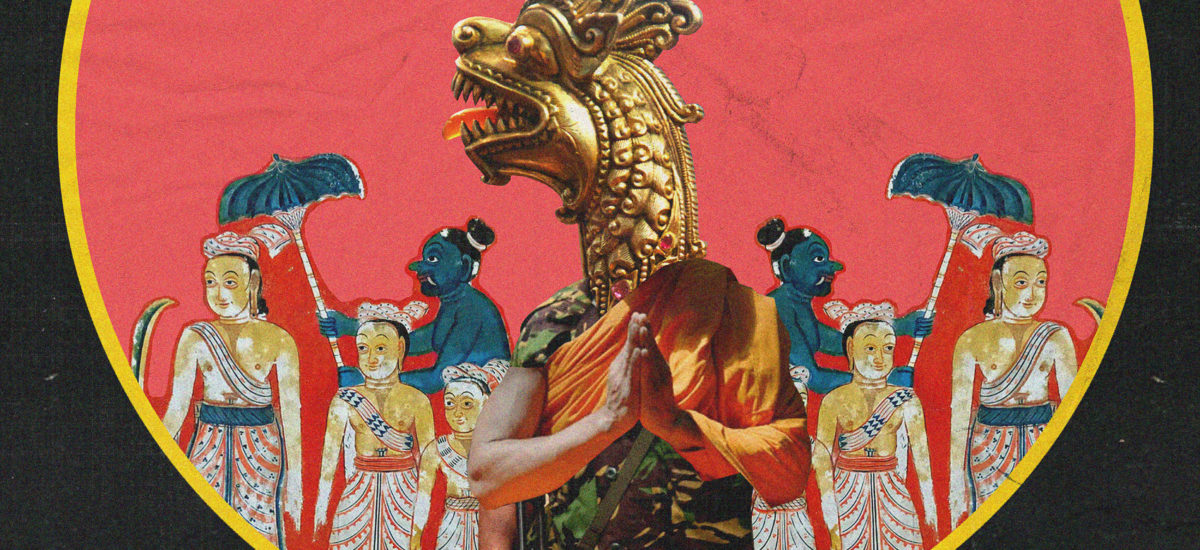Although the war ended a decade ago, the ethno-political and social fractures from conflict endure. On no other day are they more apparent than on May 18.
Often, what we see, read and hear on this day is of a country still deeply divided. Television screens and the front pages of newspapers will go on to show military parades. On Facebook and Twitter (and given less, if any, prominence in mainstream print and electronic media) will be photographs of grieving parents or children in the North and East, mourning the missing or dead. Both these actions – that is, the celebration of military heroism to grieving lost family members – are reactions to Sri Lanka’s nearly 3-decade war from enduring ethno-political, partisan, identity, class, gender and geographic divides.
Clearly, what we often read, hear or see is not the only truth, even though it is often produced and promoted as such.
There are multiple perspectives to and narratives on the conflict, but we often only read, share or discuss those that agree with or don’t contest our world-view. That war is devastating and leads to pain, fear and loss is universally understood. Yet, the vastly different reactions, frames, productions and responses on May 18 highlight enduring and expanding polarisation, undermining meaningful capture of the country’s democratic potential.
In 2017, members of the official body tasked with consultations on reconciliation and transitional justice told Groundviews that they had faced pushback from groups in the South who felt that post-war processes were for minorities only.
In October 2018, our sister site Vikalpa was blocked from showing its photography exhibition, ‘Unframed’, at the University of Peradeniya in Kandy. Among the reasons given by members of some student unions who blocked the exhibition was that the photos depicted members of the erstwhile LTTE. In fact, the photos were of Tamil civilians, many of them conflict-affected. This easy yet violent conflation of members of the Tamil community with terrorists from an institution of tertiary education was deeply worrying, and indicative of how far removed the country is from being reconciled with its past.
One year after the end of the war, Groundviews produced a special edition where contributors reflected on the country’s possible political, economic and social trajectory, post-war. Five years later, we invited readers to reflect and even push back on the idea that the absence of war does not necessarily mean peace.
2019 marked a decade since the war ended. And yet, the violence, divisions, anxiety, fear and hate, endures, despite promises of progress via a thin veneer of development and reconciliation.
But what if we sought to challenge the way this day is portrayed?
This series will seek to highlight multiple narratives around May 18. Some of them will be familiar, others less so. Some you will agree with and be partial to. Others, less so. The aim is not to convert, preach or project a single frame. It is to complicate narratives that we see, hear and read each year from other more prominent sources and voices, and suggest there are alternative ways of witnessing, reflecting and engaging.
This collage by Muvindu Binoy attempts to capture these tensions.
Muvindu Binoy b.1989
Muvindu Binoy is a self-taught artist and independent filmmaker. As a digital artist, Binoy works with different subjects facing the Generation Y of his country, using the letter ‘Y’ as a pun for his questioning of character and integration of the reality experienced in his artistic outcome. He observes his generational outlook, exploring terms of gender, agency, title and the expectation of traditional values contradicted by modern-emancipated standards of the digital age. Binoy never actively participated or first-hand experienced any direct effects of the Sri Lankan civil war and acts solely as an observer of the ever-present trauma that remains. Binoy’s collages visualize popular culture objects in combination with nostalgic vintage photographs from colonial Ceylon. The motifs are highlighted and framed by pastel-coloured geometric shapes in evocation of digital icons. His preferred format is the square, an indirect citation of the normative trimmed image-cosmos of Instagram. His selection of colours and images also signify the takeover of a precise global hipster trend, once an urban subculture, now a glossy visual hegemony.
![]()

Read through for an interpretation of the collage or click here.


